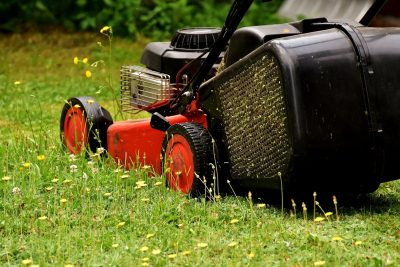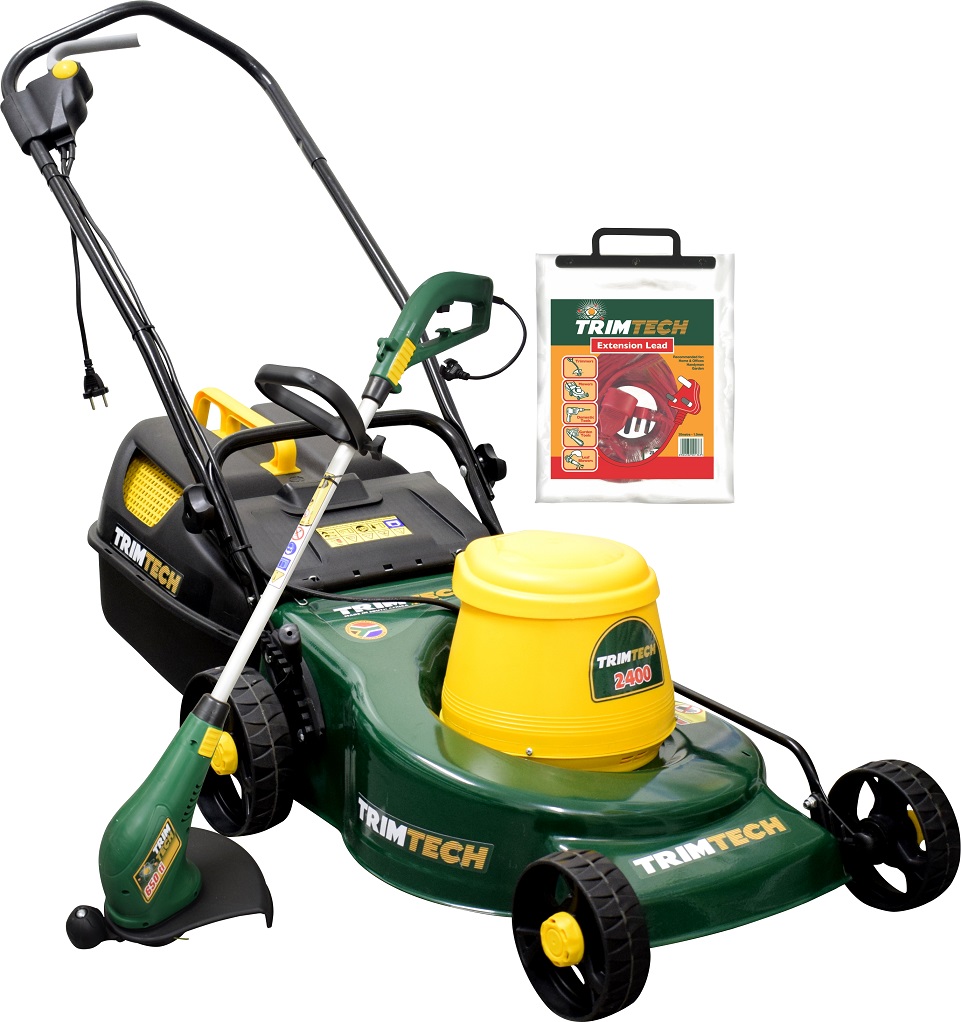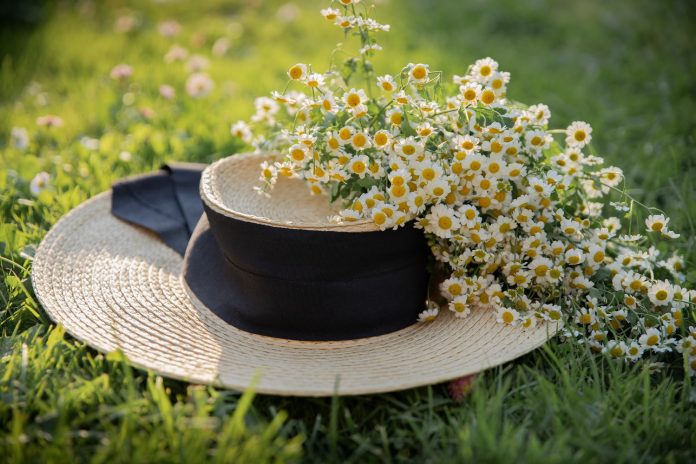Does top dressing help? Should I scarify the lawn and what mower should I choose? These are some of the questions that crop up when spring arrives and the lawn is still looking patchy and brown.
 A healthy, green, well-kept lawn is a garden’s greatest asset and makes the whole garden look good. It’s also a safe and healthy space for family and pets to relax. But, like all other garden plants, lawns require a boost in spring.
A healthy, green, well-kept lawn is a garden’s greatest asset and makes the whole garden look good. It’s also a safe and healthy space for family and pets to relax. But, like all other garden plants, lawns require a boost in spring.
Spring treatment, however, does not equate with top dressing. Shoots pushing through a top dressed lawn seem so much greener but it is just the contrast with the soil. Aeration of the soil, followed by a 7:1:3 or organic nitrogen rich-fertiliser is far more beneficial.
When to top dress?
Top dressing is only useful for levelling the lawn and filling in hollows or for adding organic material to the soil. It should only be applied to Kikuyu and Cynodon varieties, not cool season varieties or LM grass. These latter grasses grow from a crown that dies when covered.
Garden Master Lawn Dressing is a certified organic and weed free lawn dressing that can be thinly spread over the lawn (not more than 2cm deep) and raked in.
Three essential spring actions
- Scarify Kikuyu or Cynodon varieties that have built up an under-lying layer of dead grass. This is done by first mowing the lawn as low as possible. Then take a rake and tease out the dead, thatchy grass.

- Aerate the soil. Lawns that grow in shade or take heavy foot traffic suffer from compacted soil. Water runs off without penetrating and soil life suffers from a lack of oxygen. A spiked roller does the job quickly or you can use a garden fork. Push the tines into the soil to a depth of 10 to 15cm. Tilt the fork backwards at a 15º angle and then pull it out. Do this every 10 to 15cm.

- After the soil has been aerated, sprinkle superphosphate into the holes so that it reaches the roots. Follow this with an application of fertiliser at 30g per square metre. Water well after fertilising. Even if you don’t scarify or aerate, still fertilise because this supplies food for spring growth.
General lawn care
Routine care, like regular mowing and watering, fertilising and weeding ensures that the lawn keeps looking good.
Fertilising
Lawn that is kept short should be fertilised once a month to give it energy to replace the cut growth. Lawns left longer can be fertilised four times a year in August/September, November, February and April. Fertilise cool season grasses in April to keep them green in winter.
Builder’s Warehouse recommends:
- Atlantic Fertiliser’s Bio Ganic (5/10kg) is an organic food for all lawns. It is suitable for new and established lawns and its slow release of nutrients prevents fertiliser burn and helps prevent thatch build up. It’s also child and pet friendly.
- Protek Lawn & Foliage Fertilizer 7:1:3 (15) is a granular fertiliser high in nitrogen for the general feeding of lawns and foliage. Its available in 5/10 kg quantities.
 Watering
Watering
Watering deeply but less frequently, helps the grass to develop a strong root system. Frequency also depends on soil type and the season. Lawn in shade needs a third less water. Automatic irrigation systems should have separate lines for plants and lawn in full sun and lawn in shade.
Mowing height
The rule for mowing is never to remove more than one third of the leaf length at one time.
On fine, Cynodon lawns the recommended height is 1-2cm, for coarser grass that grows in the sun (Kikuyu) the cutting height is 3 -4cm and for cool season grass, especially the shade varieties, the cutting height is 6cm.
Leaving the lawn longer lets it develop deeper roots, making it more drought-tolerant. The longer grass also protects the roots from the sun and gives the lawn more energy because all the food is stored in the leaves.
 Weeding
Weeding
The best time to act against weeds is from August to October, before the weeds flower.
Allow the lawn and weeds to develop plenty of leaves by fertilising and mow on the highest setting. After a month or so, use a selective weed-killer for broadleaf weeds.
Letting the lawn and weeds grow well before treatment prevents bare patches after the weeds are removed. The lawn grass may go yellow but will recover. If the weeds persist apply again after a month.
Builders Warehouse recommends:
- Protek ‘Clear All ‘ is a safe and easy to use spot application for the management of broadleaf and grass weeds. Its available in 1l and 5l.
- Efekto ‘Turfweeder’ offers broad spectrum weed control to control a wide range of weeds and does not kill grass lawn when used according to directions.
NB: Read the label on the weed killers. If it says ‘nonselective’ it will kill everything, including the lawn.
 Which lawnmower?
Which lawnmower?
Certainly, the most popular mower is the all-purpose electric rotary lawnmower. It deals with all kinds of lawn, especially for coarse grasses like Kikuyu. It doesn’t flatten the grass while mowing and can be adjusted to mow low or left higher, between 5 and 7 cm. The electric models are also easy to maintain and should be serviced once a year, which includes sharpening the blades.
Builder’s Warehouse recommends:
- Trimtech lawnmower 1500w (with edge trimmer) is ideal for domestic gardens that are not larger than 800m². The cutting width is 36 – 38 cm with a maximum cut height of 70mm and a minimum cut height of 3mm.
- Trimtech 2200w mower is for a larger property, up to 1400m²2. A very nice feature is the child safety switch. It has a cutting width of 48cm and 48lt grass box.
- Trimtech 2400w mower includes a 650w edge trimmer and 20m extension cable. It is also for a larger property, up to 1600m m², has a cutting width of 48cm, 48lt grass box, and also a child safety switch.
Text: Alice Coetzee






